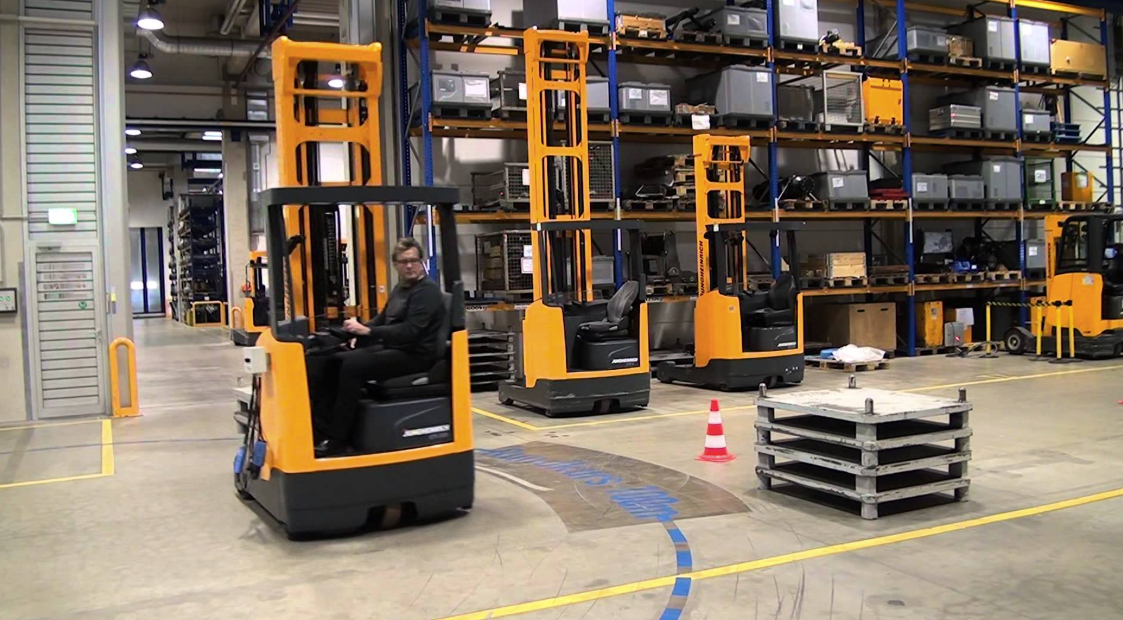In the rapidly evolving field of garment decoration and custom printing, finding the right technique is essential. It ensures quality, satisfies customer needs, and keeps the operation profitable. Two popular methods today are DTF (Direct to Film) printing and DTG (Direct to Garment) printing. Both methods deliver high-quality results, but they serve different purposes. Knowing their strengths will help you choose what’s best for you.
When you look at printing options, think about how DTF compares to screen printing and digital methods. Click here for a closer look. In this article, we will compare DTF and digital printing. We’ll help you decide which option fits your business or creative goals better.
DTF printing:
DTF, or Direct to Film printing, is a new and exciting method in the printing world. The process involves printing your design onto a special PET film using a DTF printer. After that, someone applies a powdered adhesive to the ink while it’s still wet. The film is then cured using heat and can later be transferred onto a garment using a heat press.
This method is very flexible. It works for transfers on almost any fabric, like cotton, polyester, nylon, and blends. No matter if you print on light or dark clothes, the quality stays bright, clear, and durable. The ink stays on the fabric’s surface instead of soaking in like digital printing. This keeps the design’s color and clarity intact, even after many washes.
What is digital printing?
Digital printing, like DTG (Direct to Garment), uses inkjet technology. It prints onto fabric. It’s similar to printing on paper with a standard inkjet printer, but the medium is fabric. This process works well for complex, detailed designs on light-colored, 100% cotton fabrics.
This method provides amazing detail, especially for gradients, photo prints, and colorful art. The fibers absorb the ink, giving the print a soft and seamless feel. Yet, DTG works best on natural fibers and isn’t always the most effective on synthetic materials.
Looking for the best printing setup? Need dependable DTF printers and supplies? The experts at dtflinko.com have the tools, machines, and advice to elevate your business. Whether you’re new to this or an experienced pro, they’re here to help.
Key Differences Between DTF and Digital Printing:
Key Differences Between DTF and Digital Printing
1. Fabric Flexibility:
Digital printing mostly works on 100% cotton or high-cotton blends. DTF printing removes barriers for some clothing with ease. It works well on many types of materials.
2. Color vibrancy and longevity:
DTF prints are bold, vibrant, and maintain their appearance wash after wash. The heat transfer process allows the ink to adhere more solidly to the garment surface. Digital printing gives sharp, bright images on cotton. However, it can fade faster on some fabrics as time goes by.
3. Durability:
DTF provides a tough finish that stretches well and resists cracking. It’s perfect for sportswear, uniforms, and clothes that get washed often. DTG prints feel soft and comfy, but they can wear out faster. This is especially true if they aren’t pre-treated or washed carefully.
4. Production Speed:
DTF allows you to print designs in advance and apply them as needed. This is perfect for bulk orders or high-turnaround jobs. Digital printing needs direct application. This process may take time. This is true during garment pre-treatment or when printing items one at a time.
5. Print detail:
Digital printing excels for detailed designs, especially on light-colored cotton clothes. Modern DTF printers, like those at dtflinko.com, now offer sharp, high-resolution images. They come close to digital quality.
6. Cost Considerations:
DTF is getting cheaper. It’s great for businesses that want to print on different fabrics or manage large orders. Digital printing is great for small runs and detailed designs. But larger orders or synthetic fabrics can be costly since they require pretreatment.
Which one should you choose?
Here’s a quick breakdown depending on your needs:
- Are you printing high-detail designs on cotton T-shirts in small batches? Digital printing is a solid choice.
- Need the flexibility to print on all types of fabrics? DTF is the winner here.
- Looking for vibrant, durable prints for activewear or workwear? DTF outperforms.
- Printing photography or gradients on light-colored cotton shirts? Digital might serve you better.
- Want to prepare prints in advance and press on demand? DTF gives you more freedom and efficiency.
Final Thoughts:
DTF and digital printing both hold powerful potential in the world of custom apparel.
Digital printing has been the go-to for sharp, full-color designs on cotton. DTF is now the top choice in the industry. It offers flexibility, ease of use, durability, and a professional appearance.
If you’re starting a clothing brand or expanding a print shop, consider DTF. It offers great speed and flexibility for your printing needs. Now is a great time to try this method. New technology and affordable, high-quality options are available.










